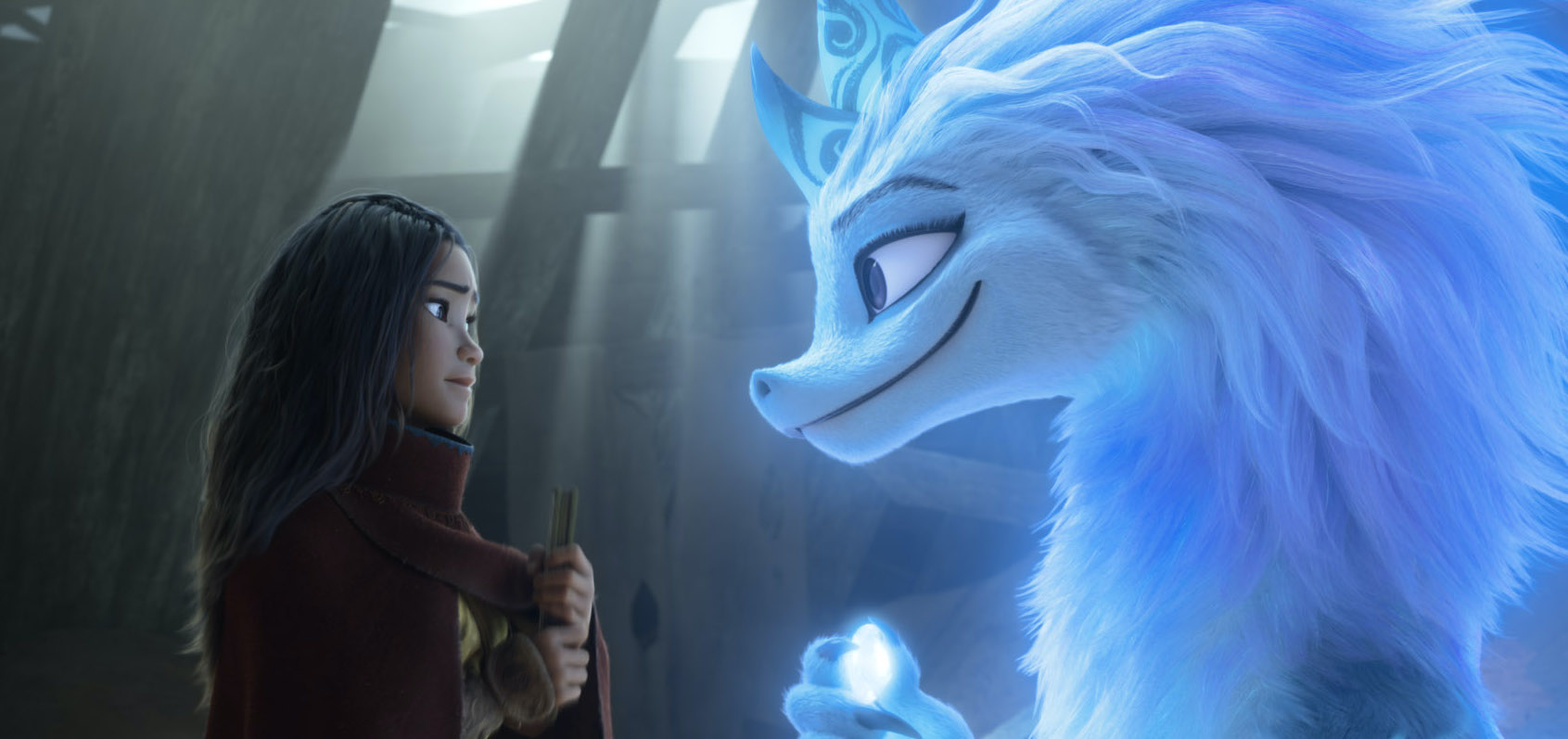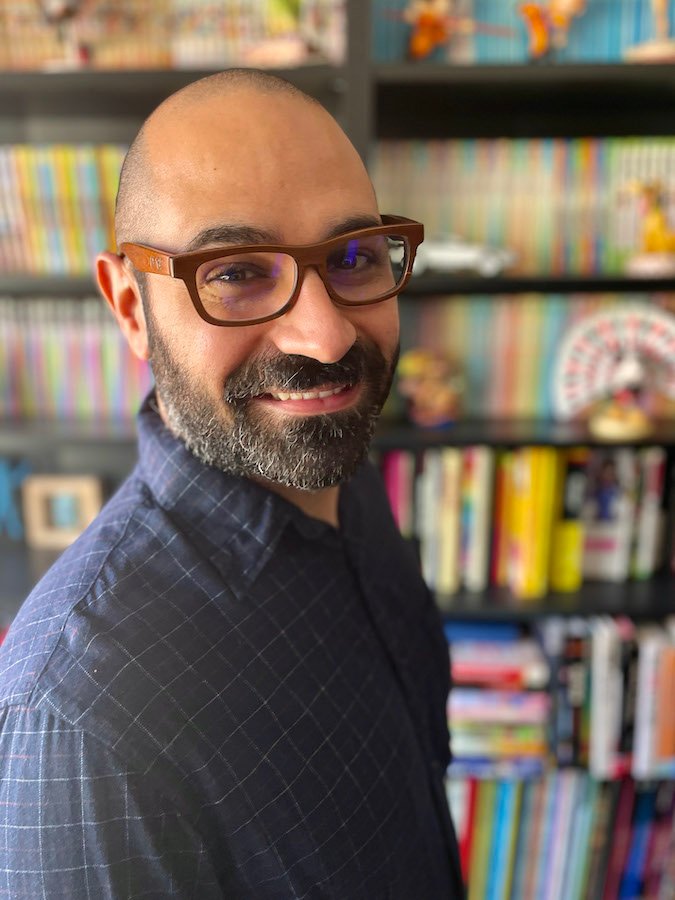DUBAI: Lebanese animator Louaye Moulayess was born and raised in a divided nation. With Disney Animation Studios’ “Raya and the Last Dragon,” his latest major project, he had the chance to tell the story of a fictional land not unlike his own, and to lay out a path forward for how it may be united again.
“When I saw the screening of the film, I realized what the movie is about: It’s about trust and what we can do if people come together. Coming from the Middle East, I really like that,” Moulayess tells Arab News. “You see all these different lands inspired from countless places, and basically you see them individually. But if they are so beautiful individually, what can they do if they come together?
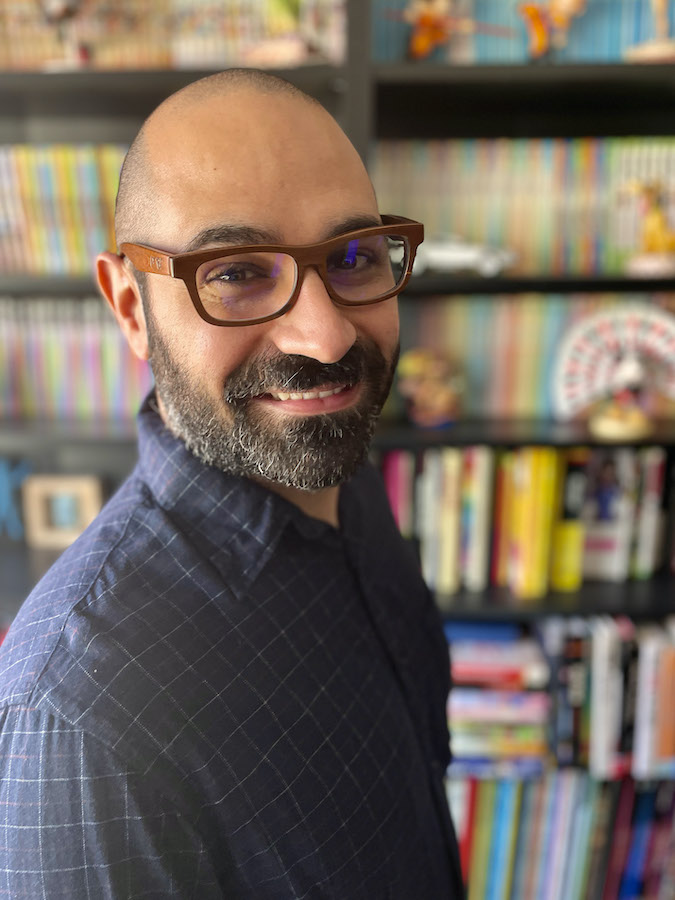
“That message resonates a lot with me coming from Lebanon, as all this especially applies to Lebanon,” he continues. “I was really proud to be part of something that just tells that story. I like that message. I know It sounds simple, but if we can just show this to kids and families, for me, that would make me happy.”
“Raya and the Last Dragon,” directed by Don Hall and Carlos Lopez Estrada, is set in the fictional kingdom of Kumandra, which is not based on the Middle East, but Southeast Asia. In this fantasy version of that region, humans and dragons once lived in harmony, before mistrust and political division tore the kingdom apart, causing the dragons to disappear and chaos to ensue. The film follows a princess named Raya who sets off on an adventure to unite the kingdom and bridge the gaps between the various warring factions.
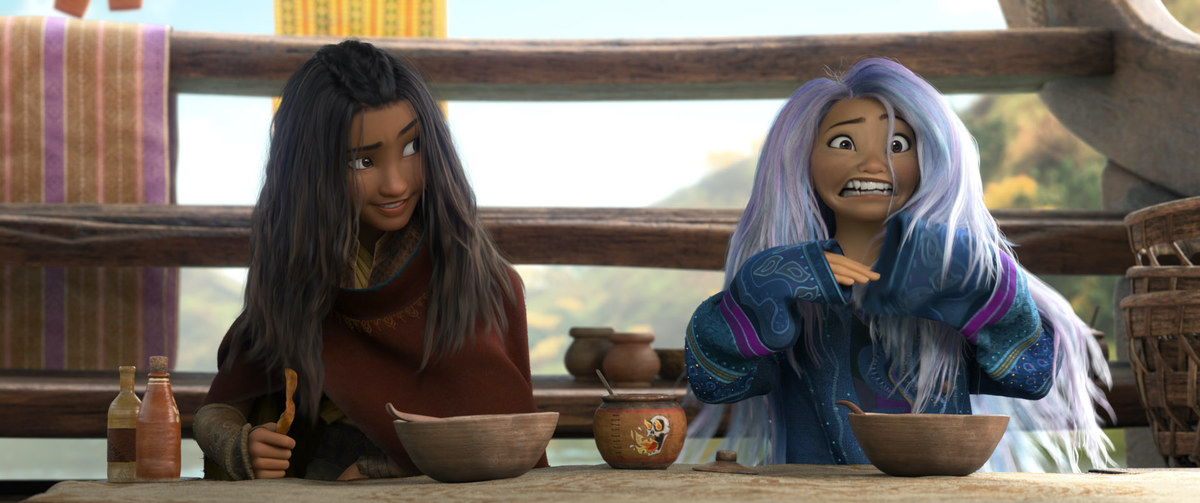
Moulayess wants people in the Middle East watching the movie to apply the film’s message of togetherness and collaboration not only to politics, however, but to all aspects of life.
“It applies especially to Lebanon, but I don’t want just that. Yes, you can apply this politically, but you can also apply this to your (apartment) complex, you know what I mean? It can be global, but you can also apply it to your circle of friends. This is the appeal for me. It doesn’t have to be political. It doesn’t have to be big,” says Moulayess.
Moulayess himself started small — growing up primarily in the Lebanese village of Elissar. From a young age, sitting on the couch with his brothers and sisters, Moulayess fell in love with Disney movies, and saw their ability to convey a powerful message. He knew, even back then, that was what he wanted to do with his life.
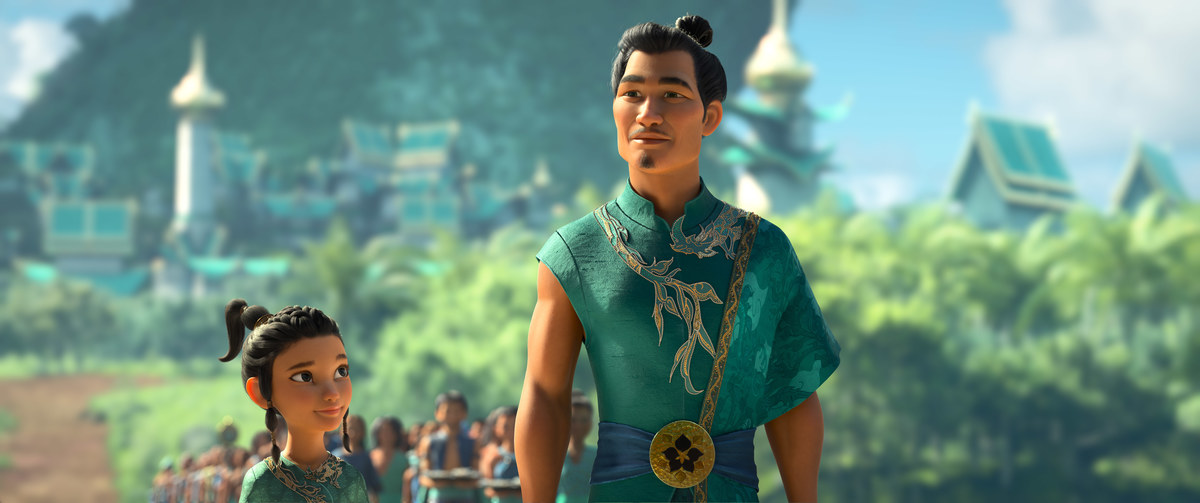
“I felt something good. I’m like, ‘I want to be part of this.’ That was the first step. The problem was, I didn’t see anybody do art (among) my family and friends. So I started doing computer science. And since there was starting to be computer animation, I said, ‘Maybe I can do something with the computer.’ I did computer science for a year. Didn’t work. I didn’t like it. It wasn’t for me, basically,” says Moulayess.
Moulayess started researching, trying to figure out how he could get from his small village on the Western edge of the Mediterranean to the halls of Disney or Pixar on the other side of the world.
One day, he stumbled upon someone who could possibly help him, an animator at Pixar in San Francisco. Overcoming his nervousness, he decided to send him a message out of the blue.
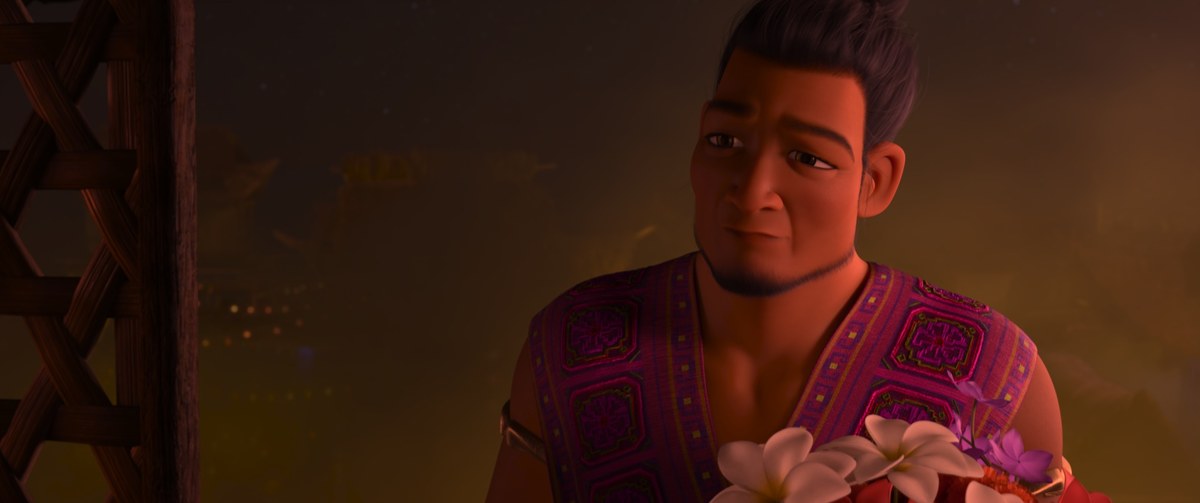
“I was around 16 or 17. I emailed him and said, ‘Listen, I’m from Lebanon, this is the situation: I want to do animation. Can you help me?’ He was very kind, he replied right away. He told me, ‘Since you don’t have a portfolio, try to go to this animation school in San Francisco. It’s expensive, so you’re going to have to have a job on the side.’ He just gave me a lot of good advice. And it’s because of him that I made the decision to go to that school specifically,” says Moulayess.
When he’d completed his studies, he managed to land an internship at the place he had been dreaming of: Pixar.
“And guess who my mentor was? It was that animator. I said, ‘Hey, I want to show you something.’ I showed him the email I sent him when I was 16. I looked him in the eye and said, ‘I’m here because of you.’ And it was honestly a great moment. It was like everything had aligned to have him as my mentor.”
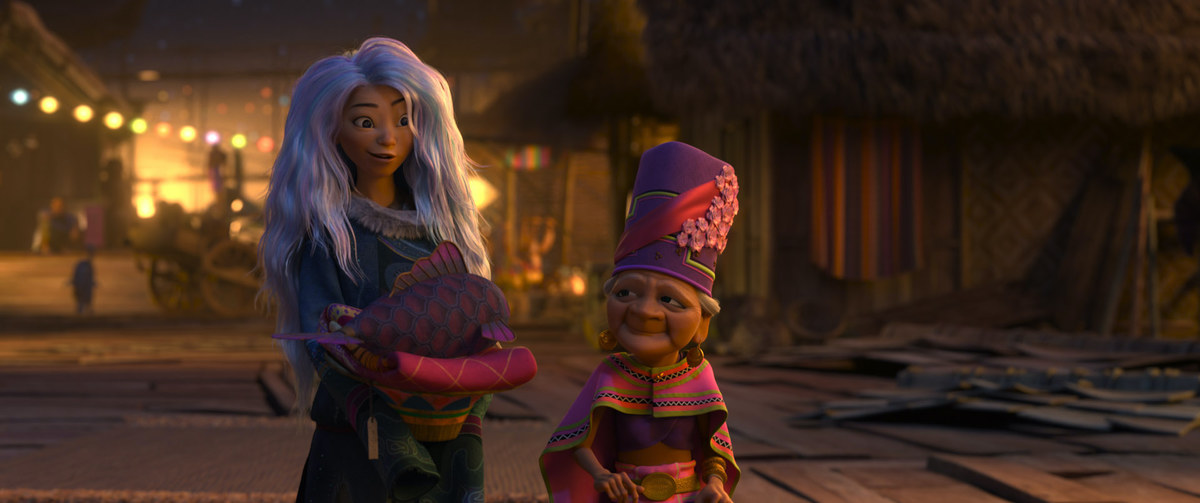
Moulayess went from working on “Cars 2” at Pixar to Blue Sky Studios, working on the “Ice Age” films, “The Peanuts Movie” and “Ferdinand,” before finding a home at Disney, first animating “Frozen 2” before taking on “Raya and the Last Dragon.” At Disney, Moulayess is not only able to add his own voice to the legacy of the greatest animation studio in history, he’s also able to thrive precisely because of his background and perspective.
“I’m very proud to be here because of the diversity that they try to push every single day,” he says. “They understand that diversity will bring more to the table. I grew up in Lebanon, and I saw movies that maybe somebody else didn’t see or shows that somebody else didn’t see, I read books, I saw Arabic calligraphy, I saw my culture, and I have stories to tell that my gym teacher used to tell me from the village where he grew up. I mean, who else has that stuff?
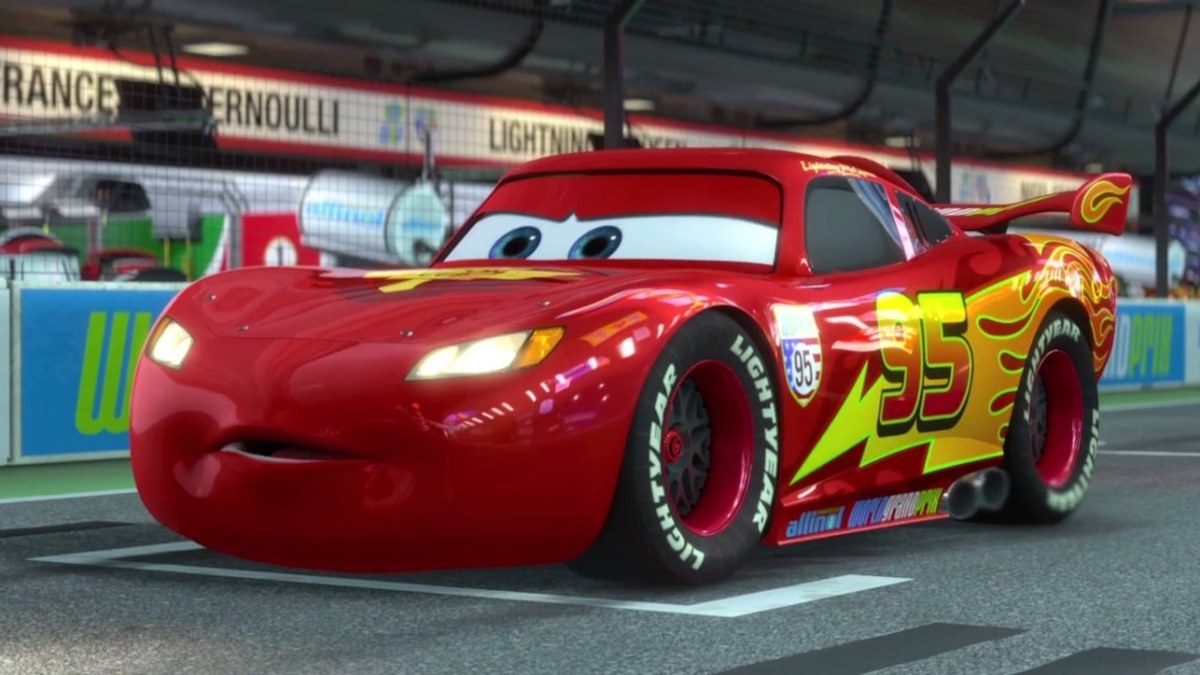
“At the studio, the chief creatives understand it’s in their best interest to bring diversity because it means more stories, more personality. I think studios around the world are starting to understand this as well,” he continues.
In “Raya and the Last Dragon,” which he considers his most personal project among the 15 films he has so far worked on, he was able to put himself in the film a little more literally than you may imagine. In fact, one of the most memorable bit characters in the film was entirely Moulayess’ creation.
“I’m gonna give you my process,” he says. “Basically, I get asked to do shots. And for fun ones, I like to shoot references of myself in the room. I put a tripod, and I just act out the performance as much as I can. I’m a terrible actor, but I try to hit the beats that I want to hit. There’s one character holding flowers who has a very comedic moment in the film. I feel it’s me, I put myself in this character. I shot the references. The directors, Don and Carlos, were laughing for, say, two to three minutes. That made me happy. They said, ‘Do exactly that.’ So I animated him exactly to my reference video. I feel that it’s me in the screen.”
Moulayess smiles. “I’m going to tell you the truth,” he says. “I’m incredibly lucky.”
